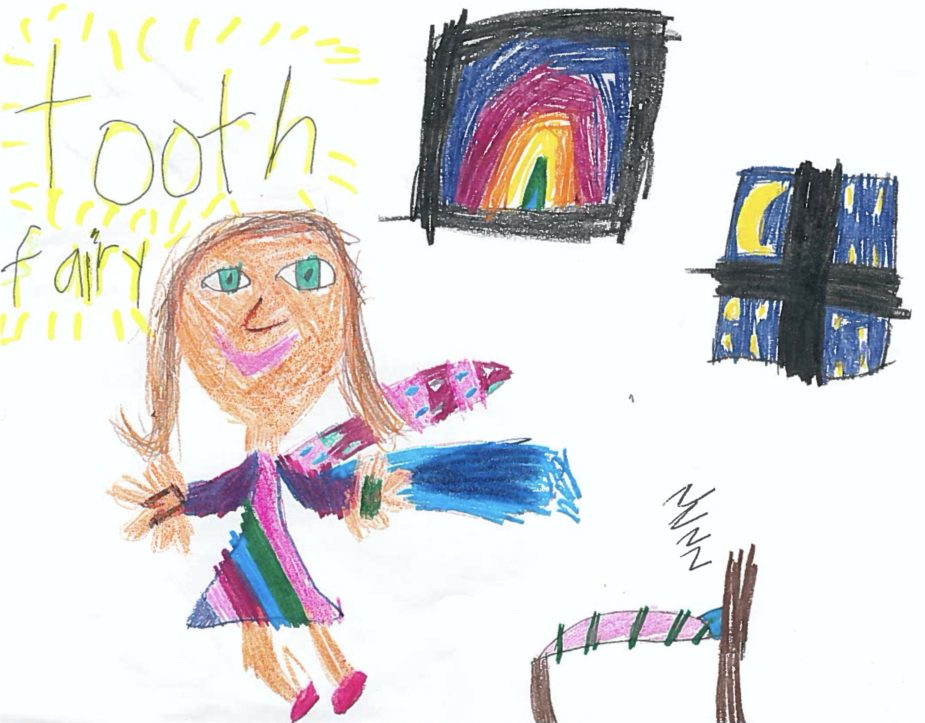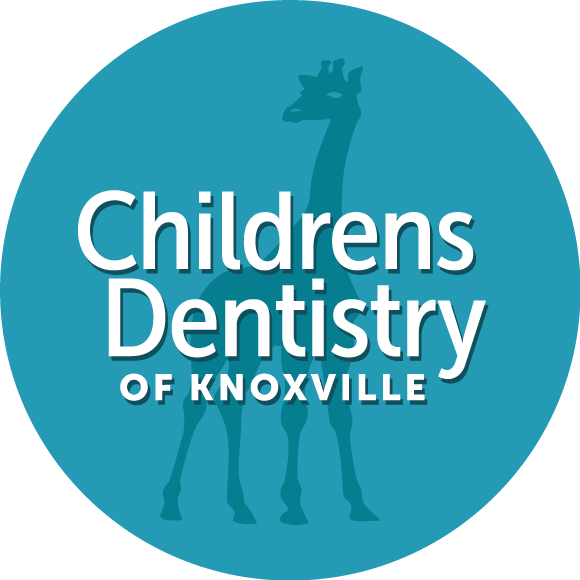
The thought of losing a tooth can be intimidating and even scary for children. Many families across the country celebrate the loss of a baby tooth with a visit from the Tooth Fairy, a magical individual who brings small gifts to children when they lose their baby teeth. Parents utilize the Tooth Fairy tradition to make losing a baby tooth a magical and exciting time for their children.
In this blog post, we talk about the origins of this fun dental tradition and share a few ideas for making your little one’s National Tooth Fairy Day special this year!
Origins of the Tooth Fairy
For generations, other countries have disposed of baby teeth in various ways with the hope of bringing good fortune. Some children throw them onto the roof, between their legs, toward the sun, or into a fire. Others swallow, hide, or bury their lost teeth. These traditions are not new, as some ancient Europeans believed that burying baby teeth would prevent children from facing hardships in their next lives, and Vikings carried their children’s teeth in battles as good luck charms.
Since at least the 17th century, one of the most common dental traditions has involved offering baby teeth to a magical mouse who delivers a small reward in exchange for the tooth. This tooth-collecting mouse has gone by many names, such as Ratoncito Pérez, Perez the Mouse, el Ratón de Los Dientes, el Ratón Pérez, the Tooth Mouse, the Good Little Mouse, and La Petite Souris.
It is believed that the Tooth Fairy emerged sometime around the early 1900s as an American twist on the popular Tooth Mouse tradition. Receiving money or a small prize from the Tooth Fairy can make losing a baby tooth a memorable experience for little ones, and help encourage them to keep their teeth in good condition for the Tooth Fairy’s next visit.
How to Celebrate National Tooth Fairy Day
National Tooth Fairy Day is the perfect time to review proper brushing and flossing with your child. Are they gently brushing twice a day for two minutes each time, brushing their tongue every day, and flossing daily?
Evaluate your child’s dental tools too. Toothbrushes should be replaced every three to four months, or sooner if the bristles are frayed. It’s also a good time for a new brush after your child has been sick. So take a look at the condition of your child’s toothbrush and supply of toothpaste and floss. A new toothpaste flavor and kid-friendly electric toothbrush may help make your child’s brushing experience more fun!
Read a fun dental-related book with your child, like The Tooth Book by Dr. Seuss, ABC Dentist: Healthy Teeth From A to Z by Harriet Ziefert, Open Wide: Tooth School Inside by Laurie Keller, The Berenstain Bears Visit the Dentist by Stan and Jan Berenstain, or Just Going to the Dentist by Mercer Mayer. These books can help make oral hygiene and a trip to the dentist more interesting and less intimidating to your child.
The Importance of Preventive Dental Care
Remember, even though children lose their baby teeth, they still need proper cleaning and care! Baby teeth are important for smiling, eating, and speaking. They also act as placeholders for the underlying adult teeth. Teach your children to brush and floss their teeth every day, provide them with a balanced diet, and visit the dentist for routine cleanings and dental checkups.
Friendly Children’s Dentist in Knoxville, TN
If you’re looking for a dedicated pediatric dentist for your little ones, Children’s Dentistry of Knoxville is the perfect place for you. At our dental office in Knoxville, TN, our team specializes in working with children of all ages, including children with special needs. We cultivate a fun and relaxed environment so your children will have a positive dental experience from start to finish. Contact us today at (865)-357-5560 to schedule an appointment for your child!


